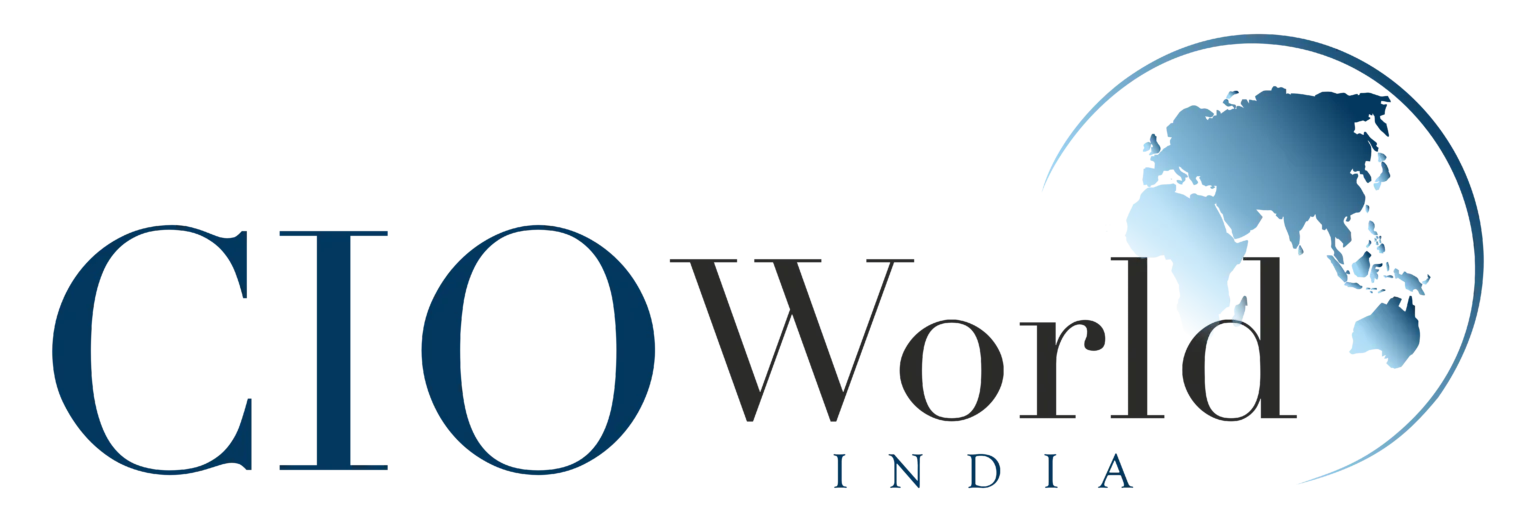With current technology and information-age, organizations are faced by a universe of interdependent technology threats. This calls for an efficient set of risk management practice to achieve this, and IT governance and risk management come into place. The scale and scope of this topic further augment and reflect increasing dependence on technology and changing threat scenarios.
The Growing Scope and Expanse of IT Governance and Risk Management
- IT and Business Objectives Alignment
IT risk management and governance is trying to align IT plans with the business goals as a whole. i.e., trying to ensure there is proper policy, procedure, and accountability so that IT assets are utilized properly and effectively. The alignment is trying to achieve the maximum out of IT expenditure as well as try to contain the risk that can be generated.
- Compliance and Protection of Sensitivity Information
Organizations manage vast amounts of sensitive information, including customer data, financial records, and intellectual property. IT governance and risk management are required to ensure that such data does not end up in unauthorized hands, is not threatened through data breaches, or is not penetrated through cyber attacks. Adherence to the appropriate rules, e.g., GDPR, HIPAA, and PCI DSS, is also included.
- Cybersecurity Threat Management
Cyberattacks are increasingly widespread and sophisticated in nature. Models of governance and information technology risk management are frameworks for detection, evaluation, and mitigation of cybersecurity threats. Security control installation activity, conducting normal security audits, and incident forecasting are part of them.
- Business Continuity and Disaster Recovery:
Organizations need to plan for reducing unplanned disruption, i.e., natural disasters, hardware failure, or cyber attacks. IT risk governance and IT risk management include business continuity and disaster recovery planning so that business-critical IT infrastructure and data can be recovered efficiently and in a timely fashion. 5. IT Investments and Resource Optimization
IT assets typically turn out to be a burden on organizations. IT risk management and governance allow organizations to extract the fullest value from their IT investment and optimize the use of resources to the best possible extent. It entails reviewing the ROI on IT projects, prioritizing investments, and controlling IT budgets.
- IT Project Risk Management
IT projects are inherently complicated and will inevitably turn out late, over budget, and also in failure. IT risk management and governance is a methodology to control project risk in a bid to deliver projects on time, within budget, and to the right specifications.
- Data Integrity and Quality Maintaining
Choices are efficiently made with data integrity and quality. IT risk governance and management call for controls that will ensure completeness, accuracy, and reliability of the data by applying such as data quality processes, data governance processes, and data validation processes.
- Third-Party Risk Management
Third-party vendors are utilized by companies for the purchase of IT solutions and services. Third-party structures risk management monitoring is also covered under IT risk management and governance, as discussed above. Vendor monitoring, due diligence, and contract reviews are all covered under this.
- Alignment to Emerging Trends and Technologies
The technology environment continues to change. IT risk management and governance structures need to be responsive to adopt new technologies and trends like blockchain, AI, and cloud computing. It means being current with the latest technology, assessing the probability of its impact, and instituting the correct risk mitigation structures.
- Encouraging a Culture of Risk Sensitivity
Successful IT risk management and governance call for a risk-sensitive organizational culture. It involves IT risk training to employees, technology use education, and reporting any likely security breaches.
- IT Policy and Procedure Implementation:
Successful IT policies and procedures should govern IT activity and mitigate risks. IT risk management and governance should develop, apply, and guarantee sound policies and procedures.
- IT Controls Monitoring and Auditing
Continuous monitoring and auditing of the IT controls are always necessary to determine their adequacy. IT governance and risk management entail establishing monitoring processes, periodic audits, and filling the gaps found.
- Compliance with regulations
Companies should be in compliance with the provided set of regulations concerning the privacy of information, security, and disclosure of finances. IT governance and risk management are crucial in ensuring companies comply with policies.
- Ongoing Improvement and Adjustment
IT governance and risk management is an ongoing process of fine-tuning and adjustment. Organizations need to keep looking over their frameworks, examining how well they are performing, and making adjustments accordingly in order to stay ahead of threats.
By embracing the use of proper IT governance and risk management principles, organizations will be able to protect their invaluable assets, maintain business continuity, and maintain stakeholders’ trust. It should be the priority for any modern-day organization in today’s fast-moving digital age.





